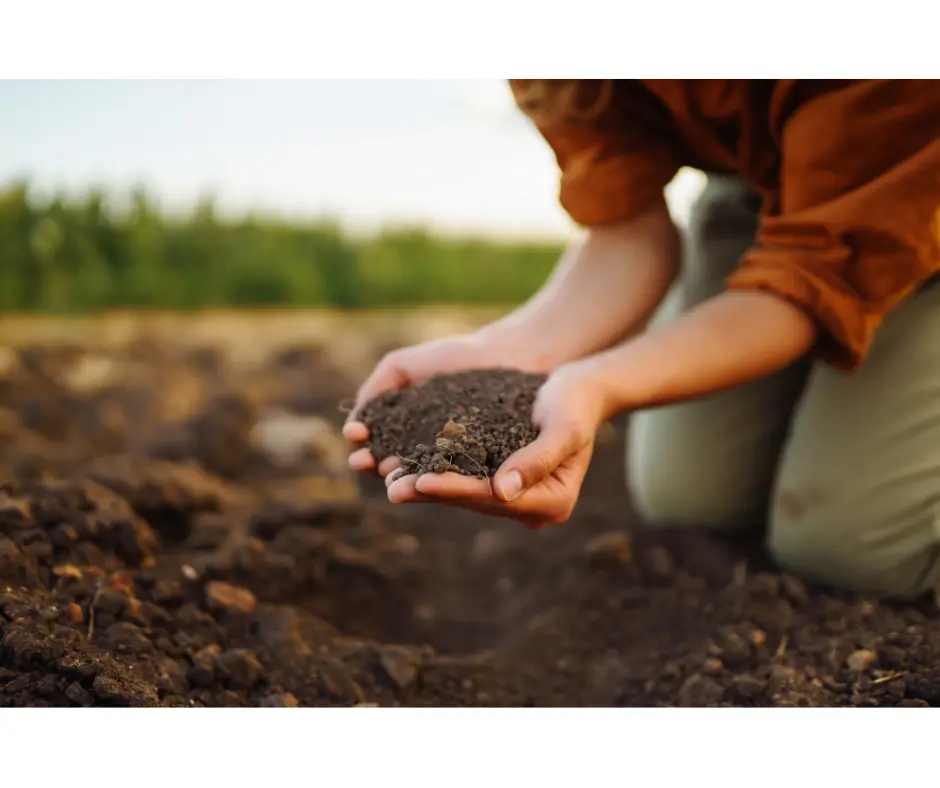Vegetation of Mizoram for Mizoram PSC
Vegetation of Mizoram The name, Mizoram derived from Mi (people), Zo(high rise place such as hill) and Ram(land), thus, Mizoram means “Land of the hill people”. As situated in the northeast, it is the southernmost landlocked state sharing borders with three of the seven states namely Tripura, Assam and Manipur. Mizoram also Shares 404 kilometre … Read more
